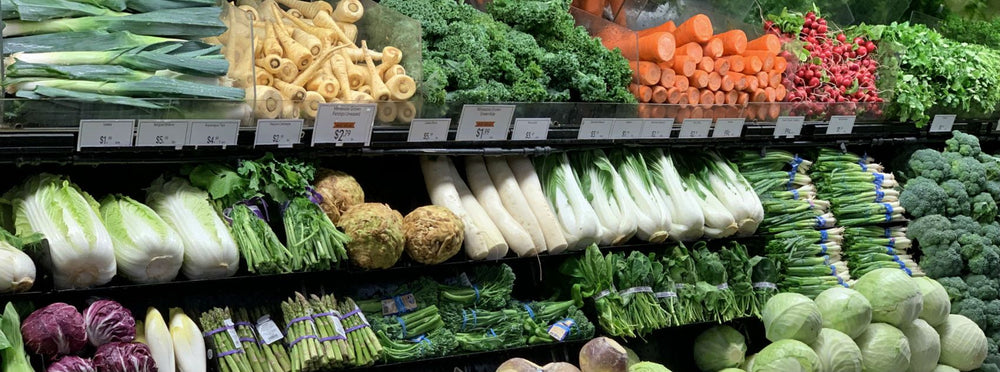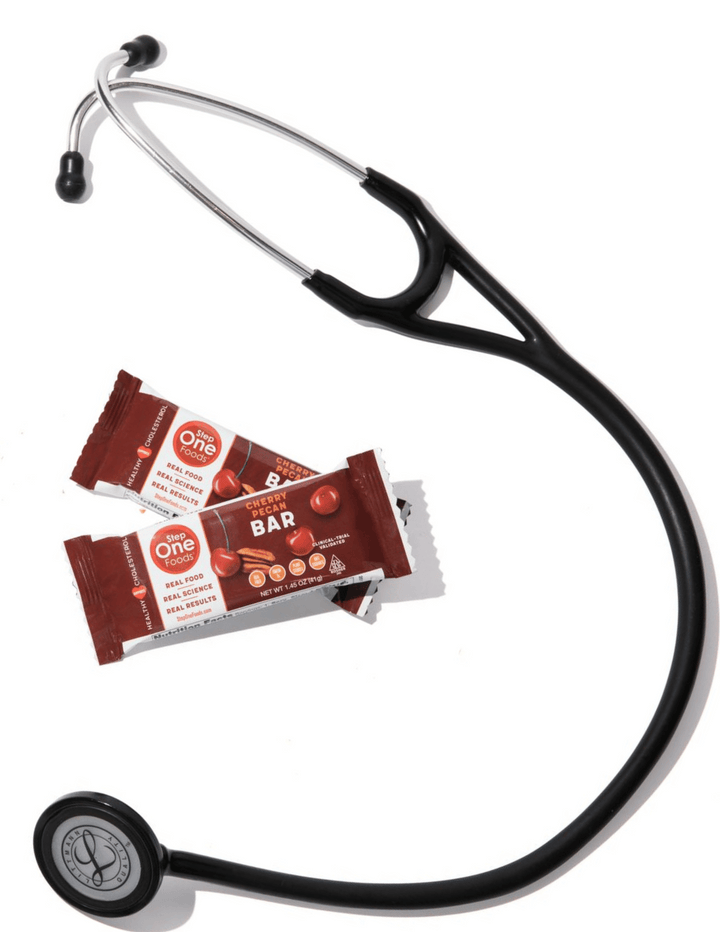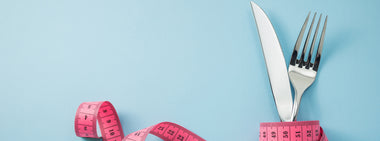Here’s how to keep your grocery cart full of heart-healthy food, even when it’s virtual

Before COVID-19, I had never shopped for regular groceries online – I only used the internet to order the occasional specialty item that I couldn’t find in person. I love going to my neighborhood grocery store and browsing through the produce aisles to get inspiration for what to cook. Plus, all those fruits and vegetables are so beautiful to look at! (the image for today’s blog is a photo I took at my local grocery store on an early morning a couple of months ago. If that doesn’t inspire you to eat more veggies nothing will!).
Around this time of year, I also start looking forward to the opening of farmer’s markets, brimming with seasonal bounty. (It’s a short season in Minnesota, so we take full advantage of it whenever we can!)
But for the time being, it makes sense to complete at least some of our food shopping online -- especially for those of us who are older or have heart or other chronic health conditions that increase the stakes of a coronavirus infection. After a few stumbling blocks (5 bunches instead of 5 bananas anyone?), I’ve figured out how to make sure my family is still eating a predominantly whole food, plant-based diet even as I try to visit the grocery store less often.
Here are some tips on how you too can be successful at maneuvering the online grocery world:
- Shop from more than one store. Each ordering system has pros and cons, so I like to maximize the benefits by shopping at different stores. I get my weekly staples from my local grocery store, where I can place my curbside order a week in advance. For last-minute additions, I pick a national chain that offers same-day delivery.
- Meal plan: The best part about online shopping is the efficiency. If you make a week’s worth of meals that you love, look through your order history and re-order the same ingredients! Don’t forget to add weekly staples such as milk, nuts, beans and rice.
- Visualize the perimeter of the store. Make your list in the same way you’d walk through the store, starting in the produce section. Since you won’t be able to view the produce in person, think about what’s in season. Add notes to your shopper: it took me three weeks to buy cabbage because I put a specific brand in my cart. Then I added a note that said, please substitute ANY type of cabbage, and we finally got to have our fish tacos. You may even be able to indicate if you want your bananas on the green side or the yellower side.
- Stock up on produce that stores well: Order bags of onions, carrots and sweet potatoes to stash in a dark, cool basement. Leeks, green beans and brassica vegetables (think cauliflower, broccoli and cabbage) also fare well. For fruit, opt for ones with a peel such as grapefruit, oranges and apples. For berries, pick blueberries and cherries —and skip the strawberries unless you plan to eat them right away.
- Try new ways to enjoy old standbys. I’m very late to the game with this, but it’s only been during this pandemic that I’ve discovered cauliflower rice! I grate the cauliflower myself because whole cauliflower stays fresher longer. And even the cauliflower haters in my house have had to admit that it’s delicious.
- Skimp on the meat. People are panicking because meat plants are closing but think of this as an opportunity rather than a problem. Remember that communities that enjoy exceptional healthy longevity eat meat sparingly. See how close you can get to their approach while you’re at home experimenting with all those veggies!
- Shop the “middle aisles” of your virtual store with your guard up. This is where food manufacturers try to trick you with claims. When you add a packaged item to your cart, make sure to look at the nutrition label first to get a better sense of exactly what it is that you are buying. (google the item + nutrition label to check the ingredients). Follow my tips to evaluate how healthy it is. And, beware of super inexpensive packaged items (salt is one of the least expensive ingredients around, so no wonder there’s so much of it in processed food!) Instead, opt for raw nuts and canned or dried beans in this section.
- Since you’re probably shopping less frequently, keep produce fresh by optimizing storage. Here’s what you need to know: Bananas can make other fruit stored next to them ripen faster (they release a gas called ethene), so store bananas separately. Avocados retain ripeness days longer in the refrigerator, as do apples. Don’t wash berries until you’re ready to eat them.
- Finally, take care when your order arrives. If possible, have the groceries left outside the door, rather than having them brought in. Although there have been no known cases of COVID-19 infection transmitted via contact with surfaces, it’s still a good idea to practice common sense when unpacking. Wash your hands after opening any external boxes/packaging before putting away the interior contents and, as always, wash produce before cooking or consuming it.
And now that you’re a pro at virtual shopping, consider sharing a meal with isolated family members: Prop up a laptop or tablet at one end of the table, and invite some guests to join you via Facetime or Zoom. It’s not exactly the same but it can still be a fun way to connect with those you love.
Bon appetit!

Tested & Proven Results.
- Cardiologist formulated
- Supported by over 500 publications
- Clinically-proven, in a double-blind randomized trial with Mayo Clinic and The University of Manitoba
80% of participants lowered their cholesterol in just 30 days. With just two servings per day, Step One Foods offers a proven-effective way to naturally lower LDL (bad) cholesterol.
Get heart health tips and articles like this, delivered right to your email.
New articles every week.
You may also like...

The Next Super Food: How Pecans Help Lower Cholesterol

You don’t need to avoid foods with cholesterol…except for these



